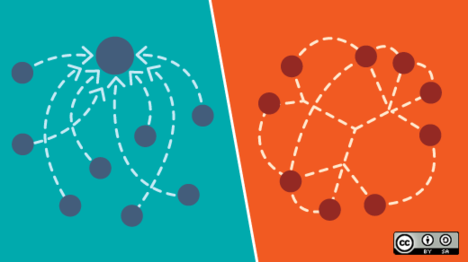Crowdsourcing
Jeff Howe, writer for Wired and author of Crowdsourcing: Why the Power of the Crowd is Driving the Future of Business, talks about the power of crowdsourcing. Crowdsourcing is the outsourcing of tasks to the larger community. Rather than a company paying to have something designed, the public is encouraged to collaborate on the work. Ever spreading and available information technology makes the process viable and easy.
One example is the company Threadless. Their business model consists of an ongoing contest. Potential customers, both amateur and professional artists, upload T-shirt designs. The designs are posted to the website where everyone votes for their favourites. Once enough customers have pre-ordered the winning designs, the designs are put into production. Winners get small cash prizes but the real incentive for winners is to have their designs produced and worn. The company only produces what is in demand and narrows any risk in production. Many companies and advertisers are now harnessing the talent of the crowd who volunteer their time and work for free.
 |
| To the left the Crowdsourcing Model. To the right the Open Source Model |
Howe in his book points out that there are two characteristics of a crowdsourced project. One, money is not the motivation for participants, and two, time is donated. Participants may be involved because they want to be for the intrinsic love of the task.
What's the difference between crowdsourcing and open source?
While both activities are undertaken by the community, the beneficiaries are different. With crowdsourcing the work is being done on behalf of a central player, for example, a company with an agenda. Open source is a process undertaken by a like-minded community for the benefit of the participants and others. With open source the community makes decisions and the community is in control. There is much criticism of crowdsourcing models especially from professional designers who feel that young designers and amateurs are being exploited and the professional design work is being taken away. (Burney, 2010; Grams 2010)
While companies can profit from the work of the crowd who may be both amateur and professional, artists and designers complain that what would be their work is taken up by amateurs and those professionals who undersell themselves. For them their life work is under attack. Many ad agencies create contests to crowdsource an idea, and they do get cheap labour and interesting results; however, many times the work may not be specifically targeted the same way that professionally created work would be. There is a balancing act between the buzz that is created over user generated and viral content and sometimes a slightly off target message. When ideas are opened up to the public at large, there is also the potential that some may create messages that show brands in less than favourable light.
Next up: Open Network Economy
